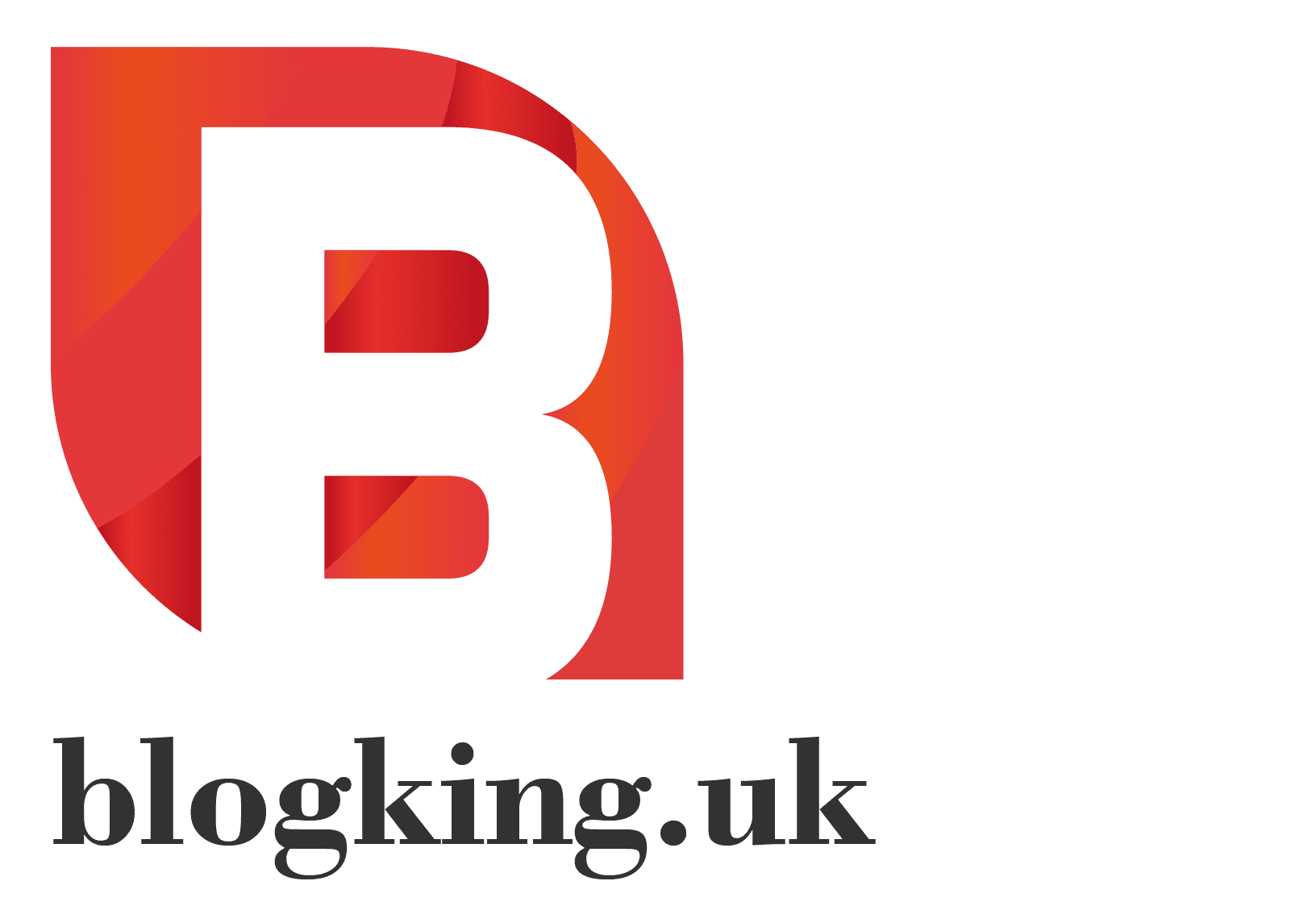In today’s fast-changing market, a B2B sales strategy framework can really help. Modern buyers’ habits are changing, and digital changes are big. It’s important to use sales strategies that speak to your audience.
This article will show you a clear way to improve your sales. It’s made to help you keep up with the B2B world’s changes. You’ll see your sales grow in a big way.
Table of Contents
Key Takeaways
- A structured B2B sales strategy framework can boost sales performance.
- Understanding modern buyer behaviour is key to effective sales strategies.
- Digital transformation impacts business-to-business sales techniques.
- Implementing proven frameworks leads to significant growth.
- Effective sales strategies are vital for today’s B2B landscape.
- Aligning sales efforts with buyer signals can improve conversion rates.
Introduction to B2B Sales Challenges
B2B sales face unique hurdles that demand a deep grasp of market trends and buyer habits. Modern buyers are more choosy, making it essential to navigate these complexities well. The involvement of many stakeholders in the buying process can extend sales cycles, posing big challenges.
When dealing with possible clients, it’s key to understand their specific needs and problems. This will be critical.
Understanding Modern B2B Buyer Behaviour
Recent trends show that most B2B buyers start their research on their own. A huge 72% start with search engines, highlighting the need for a strong online presence. This shift in buyer behaviour has reshaped the sales world, making it vital to match your strategies with their expectations.
As buyers increasingly use digital platforms for B2B sales, it’s important to adapt your methods. This will improve your success.
Impact of Digital Channels on B2B Sales
The growth of digital channels has changed where buyers look for information and how sales teams interact. By 2025, 80% of sales interactions will be through these digital platforms. Using a multi-channel strategy ensures you meet customers where they are, leading to better engagement and higher conversion rates.
To grasp the complexities of B2B sales better, exploring resources like this guide can offer valuable insights to sharpen your tactics.
What is a B2B Sales Strategy Framework?
A B2B sales strategy framework is a detailed plan to improve sales. It helps teams understand their goals, how to position their products, and how to compete. This framework is key to success in sales.
Defining the Core Components
To use a sales strategy framework well, you need to know a few key things:
- Understanding what customers want and like.
- Knowing when customers are ready to buy.
- Creating ways to connect with customers at every step.
These parts work together to make a sales plan that really works. It fits the buyer’s journey and your company’s goals.
Importance of Tailoring Strategies
It’s important to make your sales strategies fit each customer. A generic approach doesn’t work well in B2B sales. Tailoring your strategies means you meet specific needs and preferences of your clients.
This approach builds stronger relationships and boosts sales. As you work on your framework, look at resources like B2B sales strategy articles for more ideas.
Building a B2B Sales Strategy Framework that Drives Growth
Creating a strong B2B sales strategy starts with knowing your audience well. By mapping customer profiles, you can tailor your approach to match what they need. Also, watching for buying signals can boost your sales.
Mapping Your Ideal Customer Profile
Identifying your best customers is key. You need to understand their needs and how they buy. Using good data helps you target your messages better.
Many marketers say they have the right data on their audience. This is important for growing sales.
Aligning Sales Efforts with Buyer Signals
Matching sales strategies with buyer signals can improve engagement and sales. By watching how people interact with your brand, you can fine-tune your approach. This can help grow your revenue.
It’s also important to reflect your customers’ values. 81% of American consumers prefer brands that share their beliefs. For more tips, check out marketing strategies to increase sales.
Incorporating Effective Sales Techniques
Modern B2B sales needs a new way of doing things. Gone are the days of sending out lots of messages. Now, it’s all about building strong connections with clients. This approach makes sure your team really gets what customers need.
Transitioning from High-Volume Outreach to High-Value Engagement
Old ways of selling often fall flat today. Instead, focus on quality over quantity. This means understanding each client’s specific problems and creating messages that really speak to them.
Personalisation is key here. It lets you have real conversations, making your outreach much more effective.
The Role of Consultative Selling
Consultative selling is a game-changer in sales. It’s about being a trusted advisor who listens well. This way, you offer solutions that truly help clients.
This model helps guide buyers through their choices. When you align with their needs, your sales efforts lead to deeper conversations. This can lead to stronger relationships and more sales.
Knowing consultative selling and high-value engagement is essential. Using these in your team’s work can improve sales. For more on making your sales strategy work, check out this.
Leveraging Multiple Channels for Effective Communication
In today’s B2B world, using many channels is key to connect with customers. Buyers like to talk to brands through email, social media, and live chat. This means you need a plan that works across all these areas. By doing this, you make customers more engaged and give them a complete experience that fits their needs.
Benefits of Multi-Channel Strategies
Going multi-channel makes your messages hit home harder. Here’s why:
- Increased reach: You can reach more people by using different channels.
- Improved engagement: People are more likely to interact with brands that meet them where they are.
- Enhanced brand awareness: Keeping your message the same across platforms helps build trust and recognition.
- Higher conversion rates: Tailoring your messages for each channel can lead to better results.
Optimising Touchpoints Throughout the Buyer Journey
It’s important to make every touchpoint smooth for buyers. This helps them feel good about their choice. Here are some tips:
- Maintain consistency: Stick to your main message on all channels to keep your brand strong.
- Leverage data: Use what you learn from analytics to see which touchpoints work best.
- Personalise interactions: Make your messages more relevant by using what you know about the buyer.
- Utilise feedback: Always listen to what customers say to make your approach better.
Using smart multi-channel strategies helps you communicate better. It’s all about creating a plan that works well together. Learn more about making your channels work better for you here.
The Importance of Lead Qualification in B2B Sales
Effective lead qualification is key for better B2B sales. Using the BANT framework helps sales teams check if leads are good fits. This method makes sales work smoother and focuses on leads most likely to buy.
Understanding the BANT Framework
The BANT framework is about Budget, Authority, Need, and Timing. Each part is vital for deciding if a lead is worth chasing. Knowing a prospect’s budget shows if they can afford your services. Finding the right person to make decisions is important for getting approval.
Checking if your solution meets their needs is also essential. Lastly, timing helps you pick leads ready to buy. This way, you can focus on the most promising leads.
Implementing Scoring Models for Lead Prioritisation
Scoring models help in prioritising leads. They use engagement levels, demographics, and fit criteria to rank leads. This way, your sales team can target the best leads, making their work more efficient.
Studies show firms using scoring models see big boosts in lead conversion. For more tips on improving lead generation, check out this guide.
Optimising B2B Sales Performance
In the competitive world of B2B sales, it’s key to keep improving to grow and stay profitable. Using sales automation tools is a smart move. They make processes smoother and cut down on paperwork. This lets sales teams spend more time with customers and less on routine tasks.
Looking at conversion rates by sales stage helps you see what’s working. Knowing where people might lose interest lets you fix problems. This way, you can make your sales efforts more effective, boosting your overall performance.
Utilising Sales Automation Tools
Sales automation tools do lots of things, like tracking customer interactions and managing leads. They help you save time on boring tasks and offer a more tailored experience for your prospects. Adding these tools to your sales plan saves time and leads to deeper conversations.
Measuring Conversion Rates by Sales Stage
Having a clear way to track conversion rates at each sales stage is important. It helps you see where you need to do better. Here are some key metrics to keep an eye on:
- Lead-to-opportunity conversion rate
- Opportunity-to-quote conversion rate
- Quote-to-close conversion rate
By focusing on these areas, you can spot and fix problems in the sales process. This keeps your team sharp and ready to improve sales performance.
Aligning Sales and Marketing for Success
It’s key for your business to align sales and marketing for better revenue. A unified revenue operations team makes team work smoother. This leads to better performance overall. By using the same metrics, teams can work towards the same goals and be open with each other.
Creating a Unified Revenue Operations Function
A unified revenue operations team means sales and marketing work together for the same goals. This setup removes barriers and makes processes more efficient. Teams can share insights and data, creating strategies that meet customer needs. This way, they work better together, leading to higher conversion rates.
Improving Feedback Loops Between Teams
Strong feedback loops between sales and marketing are key for growth. Regular meetings and updates help share insights. This approach boosts teamwork and gives valuable customer feedback. As teams get this feedback, they can adjust their plans to fit the market better.
| Aspect | Sales Focus | Marketing Focus |
|---|---|---|
| Goals | Maximising immediate sales | Brand awareness and lead generation |
| Metrics | Conversion rates and sales volume | Engagement and reach metrics |
| Strategies | Direct engagement and closing deals | Content creation and lead nurturing |
| Collaboration | Feedback on lead quality | Input on buyer personas |
Applying the B2B Sales Strategy Framework
Understanding how to use sales strategies is key. Companies that have tried it share their stories. These stories show how custom plans can help grow and keep up with market changes.
Case Studies of Successful Implementations
Many businesses show how a good B2B sales strategy works. For example, a top tech company used data analytics in their sales. This move boosted their lead conversion and kept customers coming back.
A famous manufacturing company changed its sales method too. They started focusing on what customers need and building strong relationships. This led to more sales and loyal customers. These stories highlight the importance of sales strategies that match a company’s goals.
Continuous Testing and Refinement of Strategies
The market is always changing, so strategies need to keep up. Companies must be quick to adjust to new trends. Testing different strategies can reveal new ways to improve and make things more efficient.
One software company used A/B testing on their emails and saw a 30% increase in engagement. Being open to change and feedback helps keep sales efforts strong. This way, companies can stay ahead and meet market demands.
Conclusion
In this b2b sales strategy framework summary, we’ve looked at key elements for success. Understanding today’s buyer behaviour and using digital channels can boost your sales. It’s vital to make strategies fit what your audience wants.
Using different methods, like qualifying leads and communicating across channels, is also important. This helps your business stay ahead in the B2B world. Our analysis shows the need for always looking to improve your sales strategies.
So, take the lessons from this framework to heart. A flexible, customer-focused sales plan helps your business grow and succeed in a changing market.
FAQ
What is a B2B sales strategy framework?
A B2B sales strategy framework is a detailed plan. It includes mapping customer profiles and identifying buyer signals. It also sets up touchpoints to improve sales and drive growth.
Why is understanding modern buyer behaviour important?
Understanding modern buyer behaviour is key. It helps shape your sales strategies. This way, you can meet the changing needs of buyers who research online.
How can I tailor my sales strategies effectively?
To tailor your sales strategies, align them with what your clients want. This boosts engagement and meets your organisational goals.
What are some effective sales techniques for B2B?
Effective B2B sales techniques include consultative selling and using multiple channels. Personalisation helps build trust and advisory roles, not just product pitches.
How important is lead qualification in B2B sales?
Lead qualification is vital. It helps focus on promising opportunities. The BANT framework is a good tool for checking prospects.
What role does automation play in optimising sales performance?
Automation tools reduce admin tasks and speed up the sales cycle. They offer insights into sales performance. This helps your team spot and fix issues.
How can I align sales and marketing effectively?
To align sales and marketing, create a unified revenue operations function. Use shared metrics to improve teamwork. This boosts revenue and streamlines processes.
Why is continuous testing and refinement necessary for a B2B sales strategy?
Continuous testing and refinement are essential. They help adapt your strategies to market changes and buyer needs. This keeps your approach relevant and effective.









